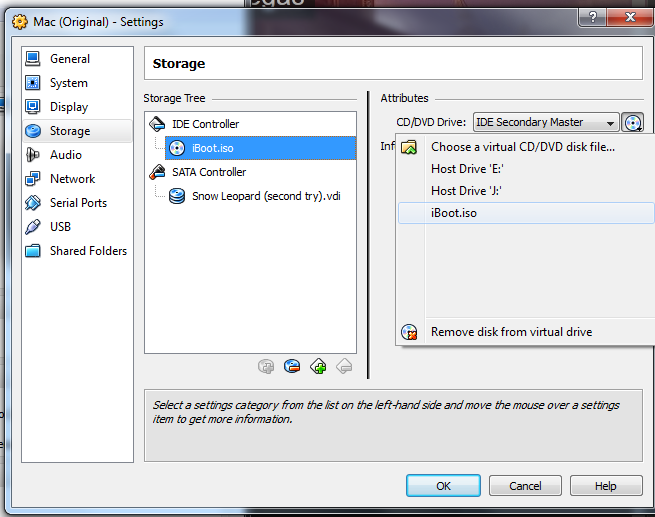

This is especially true for 64-bit Windows VMs. On any host, you should enable the I/O APIC for virtual machines that you intend to use in 64-bit mode. On 64-bit hosts (which typically come with hardware virtualization support), 64-bit guest operating systems are always supported regardless of settings, so you can simply install a 64-bit operating system in the guest.

Since supporting 64 bits on 32-bit hosts incurs additional overhead, VirtualBox only enables this support upon explicit request. If you want to use 64-bit guest support on a 32-bit host operating system, you must also select a 64-bit operating system for the particular VM. You must enable hardware virtualization for the particular VM for which you want 64-bit support software virtualization is not supported for 64-bit VMs. You need a 64-bit processor with hardware virtualization support (see the section called “ Hardware vs.

VirtualBox supports 64-bit guest operating systems, even on 32-bit host operating systems, provided that the following conditions are met:
#How to install mac os x on virtualbox in windows 8 64 Bit
Here is the official documentation about 64 bit OS: To allow installing 64 bit OS on VirtualBox. But sometimes, 64 bit OS is wanted for specific uses such as running platform specific tests. By default, VirtualBox only allows to install 32 bit OS on it.


 0 kommentar(er)
0 kommentar(er)
